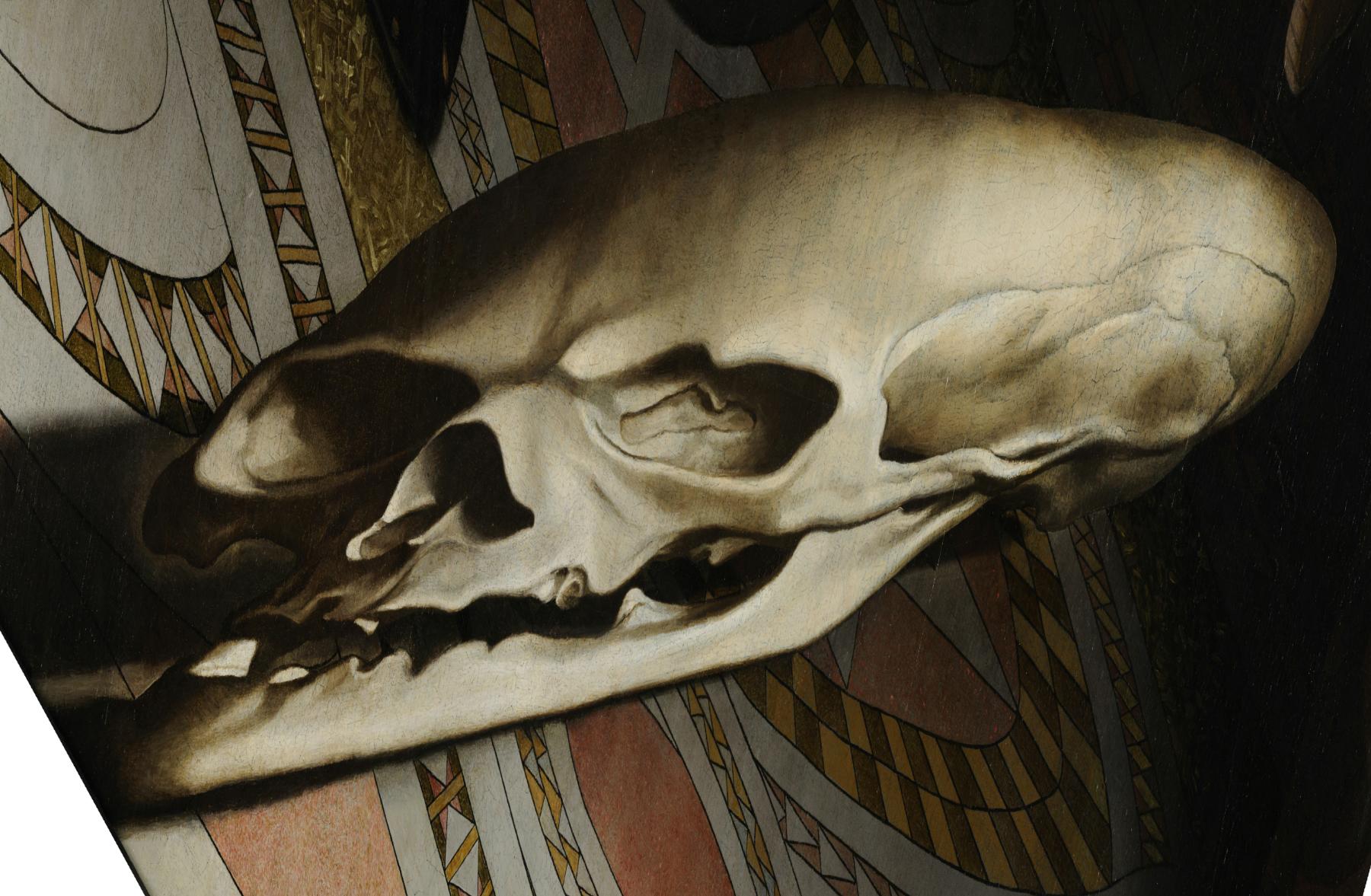So this is more of a gathering of information and some random ideas, rather than a "thesis", but thought you all might find this train of thought interesting. David Hockney (pictured below on the cover of his wonderful book SECRET KNOWLEDGE: Rediscovering the Lost Techniques of the Old Masters) presents a fascinating theory about the history of western art.

This book drew some pretty heavy criticism from some art historians because of Hockney's "radical" thesis. Hockney, a masterful artist himself, researched and theorized that there was a huge change in Western Art around 1500 a.d. Artists were painting much more "realistic" than they ever had, and Hockney argued this dramatic and sudden shift was due to a mechanical device known as the camera obscura. (see below)
As you can see from the diagram above, this was the very beginning of how a camera works and, Hockney argued, allowed the artist to "project" an image on a canvas while he painted or sketched it. Some Art Historians were bothered by this--arguing that he was somehow cheapening the work of masters, as if they were cheating. Hockney disagreed. Again, an artist himself, he argued that this was just another tool for the artist and someone still had to create these masterful images.
Hockney went further to prove his point with historical research and only something that an artist may have actually been able to capture--he started to show visually where and how the artists were employing this technique. (This is just something you'll have to read the book to see--I can only present a cheap argument. But one of the images that he begins with is Jan van Eyck's "Arnolfini Portrait":
As Wikipedia notes, "However, in the celebrated Arnolfini Portrait (London, National Gallery) reproduced at left, van Eyck inscribed on the (pictorial) back wall above the convex mirror "Johannes de Eyck fuit hic 1434" (Jan van Eyck was here, 1434). The painting is one of the most frequently analyzed by art historians, but in recent years a number of popular interpretations have been questioned."
Eventually Hockney moves on to Hans Holbein the Younger--(again more from Wikipedia): "(c. 1497– before November 29, 1543) was a German artist and printmaker who worked in a Northern Renaissance style. He is best known for his numerous portraits and his woodcut series of the Dance of Death, and is widely considered one of the finest portraitists of the Early Modern Period."
Hockney analyzes the shadows in the arras and the patterns in the tapestry to further his theory that it was produces with a camera obscura. Take a good look at it:
More from Wikipedia: "Although a German-born artist who spent much time in England, Holbein displayed the influence of Netherlandish painters in this work. This influence can be noted most outwardly in the use of oil paint, the use of which for panel paintings had been developed a century before in Early Netherlandish painting."
My question is: Would it have been really that crazy for Shakespeare to have seen this painting, and even pulled quite a bit of imagery from it for Hamlet? Look at the painting again....
Remember this passage from Hamlet in Act 3 Scene 4:
HAMLET:
- Look here, upon this picture, and on this,
The counterfeit presentment of two brothers.
See, what a grace was seated on this brow;
Hyperion's curls; the front of Jove himself;
An eye like Mars, to threaten and command;
A station like the herald Mercury
New-lighted on a heaven-kissing hill;
A combination and a form indeed,
Where every god did seem to set his seal,
To give the world assurance of a man:
This was your husband. Look you now, what follows:
Here is your husband; like a mildew'd ear,
Blasting his wholesome brother. Have you eyes?
Could you on this fair mountain leave to feed,
And batten on this moor? Ha! have you eyes?
You cannot call it love; for at your age
The hey-day in the blood is tame, it's humble,
And waits upon the judgment: and what judgment
Would step from this to this? Sense, sure, you have,
Else could you not have motion; but sure, that sense
Is apoplex'd; for madness would not err,
Nor sense to ecstasy was ne'er so thrall'd
But it reserved some quantity of choice,
To serve in such a difference. What devil was't
That thus hath cozen'd you at hoodman-blind?
Eyes without feeling, feeling without sight,
Ears without hands or eyes, smelling sans all,
Or but a sickly part of one true sense
Could not so mope.O shame! where is thy blush?
Rebellious hell,If thou canst mutine in a matron's bones,
To flaming youth let virtue be as wax,
And melt in her own fire: proclaim no shame
When the compulsive ardour gives the charge,
Since frost itself as actively doth burn
And reason panders will.
But this still doesn't solve the problem with the image. Look at the painting again. What is that formless image at the bottom of the painting?
With a little digital / optical help, if the image is cut and rotated, this is what you would see:

...more evidence of an optical device being used by the artist, but this painting also becomes a sort of symbol for Deconstructionist Theory.
That's for another blog post though...



No comments:
Post a Comment